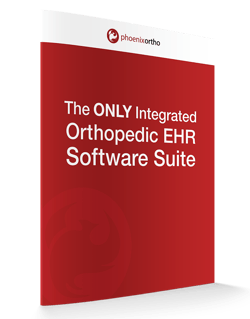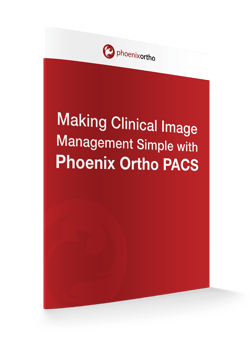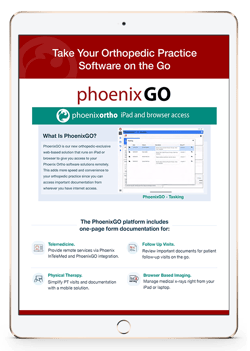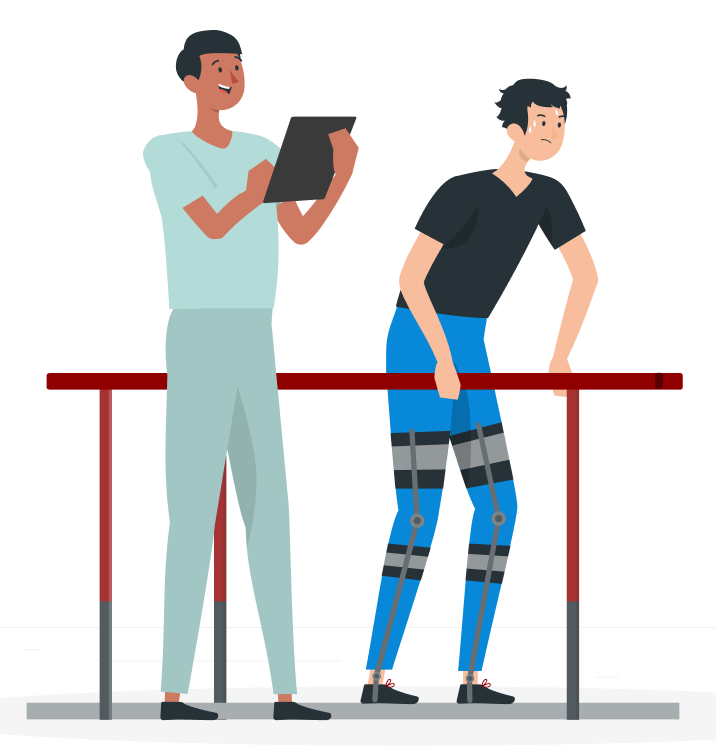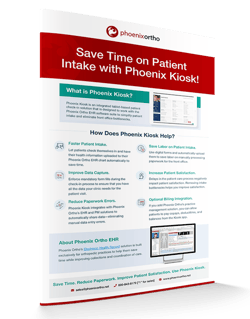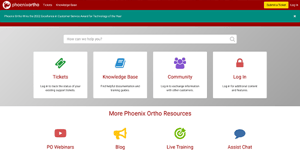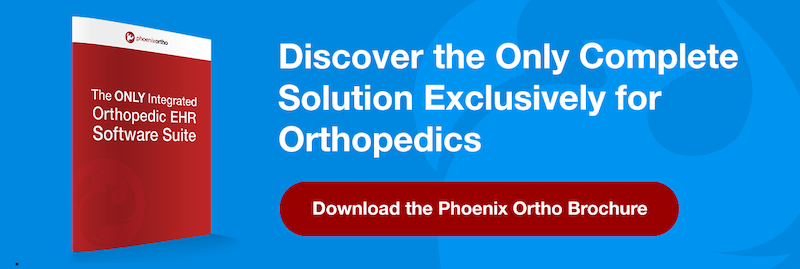Here’s an all-too-common scenario for doctors in an orthopaedic practice: It’s 8:00 pm on Friday night, and you’re stuck in your home office filling out paperwork. As a matter of fact, you’ve just had to cancel dinner plans with the spouse for the fifth time in the last two months because if you don’t get this paperwork done, your clinic won’t be able to get paid for the services you’ve rendered—and payday is coming up next week for your staff.
You need a way to save time so you can reclaim your day and make room for your personal life without having to sacrifice taking care of your orthopaedic patients or practice. Here, using an orthopaedic-specific Electronic Health Records software (EHR software) can be immensely helpful.
What is EHR software? More importantly, how can you use it to save time so you can treat more patients and spend more time with loved ones? Here’s a quick explanation of EHR software and a few tips for using it to save time in your orthopaedic practice:
What is EHR Software?
Electronic Health Records software can be considered a type of medical charting software that is used to capture, record, and distribute important patient data. Some might conflate EHR software with Electronic Medical Records (EMR) software, but there is a distinct difference. EMRs tend to focus only on patient chart data, while EHR software tends to provide a more holistic picture of a patient’s health history so care providers can more easily share information.
While there are different types of EHR software on the market, the vast majority of them are designed for primary care instead of for any one specific practice type. This can be a hindrance to orthopaedic physicians, as it means having to work through forms and functionalities that aren’t relevant to their practice.
If that’s the case, how can you save time by using an EHR software? Here are a few tips:
1: Use an Orthopaedic-Specific EHR Software
Instead of using a primary care multi-specialty EHR, it’s important to use an orthopaedic-specific EHR software that only presents you with tools and forms relevant to your practice. By using a medical charting software solution that is specific to orthopaedics, you can avoid having to sort through forms and software functions that don’t matter to your practice. This, in turn, helps you save some time on each patient you see.
2: Create Pre-Set Forms for Frequently-Diagnosed Conditions
Is there a specific type of condition you frequently have to treat—such as a meniscal tear? If there are any conditions that you frequently see, it helps to have pre-generated forms for that condition so you can simply select it once you know that you’re dealing with that specific injury type. Furthermore, a support staff member (PA, MA, nurse, etc.) can select that protocol on your behalf.
This can save you minutes of typing and dozens of mouse clicks in your EHR software. If you need to tweak a value, such as altering the recommended pain medication dosage because of a patient’s weight or allergies, Phoenix Ortho’s EHR software makes it easy to change this before you finalize the form.
An added benefit of this one-click report generation is that it lets you skip having to use a third-party transcription service. Phoenix Ortho’s EHR eliminates the need for expensive and time-consuming dictation services. This helps you speed along the billing process while saving time and money.
3: Leverage EHR Software Data for Patient Billing
One of the most time-consuming tasks orthopaedic physicians have to deal with is making sure that their patient billing paperwork is flawless. The smallest error can be used by payer organizations (such as insurance companies) to reject a billing request. The problem is that manually entering patient data is not only time-consuming, but prone to error as well.
Using EHR software to automatically capture patient data, and to electronically transfer that data into your billing solution, helps to save time and paper while reducing billing rejections. Phoenix Ortho’s own Phoenix Kiosk solution (which is integrated into our EHR software, not a 3rd party add-on) takes this a step further by having patient data capture occur during the check-in process.
This eliminates a major front-office bottleneck. At the same time, Phoenix Kiosk allows patients to take care of their outstanding medical bills on their own with a built-in charge capture solution, instantly updating their account in the Practice Management (PM) software.
4: Use the EHR Software to Automate E & M Billing Code Generation
Manually generating billing codes for patient visits is one of the reasons why patient billing tasks take so long. Doctors have to carefully manage the billing codes they apply to patient visits to avoid either over or under-billing patients for visits. In the first case, doctors run the risk of failing an audit—in the latter case, the clinic is losing money it earned.
Using an EHR software that can automatically assign billing codes to a patient visit based on the data collected by the practice during the visit. So, rather than having to check all of your notes and verifying that they meet a certain billing code’s requirements, you can simply check a box and get on with your day.
These are just a few of the ways that EHR software can be used to help your practice save time so you can reclaim your day. For more information about how to use EHR software, reach out to the team at Phoenix Ortho today!
Schedule a 1:1
Get in touch with Phoenix Ortho to learn more about how you can save time, money, and mouse clicks with an orthopedic-specific EHR.





